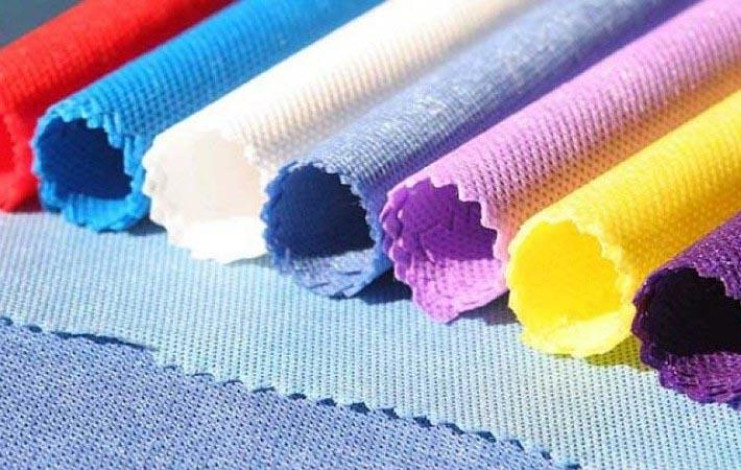
File Photo
Non-woven fabric is a common textile material in the market today, such as used to make handbags. Medical-grade non-woven fabrics can be made into medical masks, medical protective clothing, etc.
Spunbond non-woven fabric can be customized from 10g to 260g, and the width can be customized from 10 cm to 320 cm. According to the different uses of non-woven fabric, the required thickness is also different. The thickness of non-woven fabric used in general non-woven information bags, advertising bags, gift bags, and packaging bags is 60g, 75g, 90g, 100g, 120g, etc., of which most customers use 75g and 90g. Select either thickness.
Packaging bags used to make shoe covers or electronic products mainly use 25g to 60g of materials; Moisture-proof and dust-proof bags used for packaging luggage or large products use 50 g to 75 g of material.
When selecting the thickness of the non-woven fabric required for a non-woven handbag, first of all, it is clear that different thicknesses have different load-carrying capacities. 70g thick bags usually carry around 4kg. A non-woven bag of 80 g thickness can carry a load of about 10 kg. Non-woven bags with a thickness of more than 100 grams can carry a load of about 15 kg.
Different thicknesses of non-woven fabrics are also selected according to different industries, uses, and costs. If it is packaging for clothes, shoes and bags, non-woven fabric of 60 g thickness will be enough. However, for quality and aesthetic reasons, good quality non-woven fabrics are usually chosen.
Therefore, when choosing the thickness of non-woven fabric, you can choose appropriately according to your own usage and product load requirements and based on the above reference data.
Source: Online/NAN
Comment Now